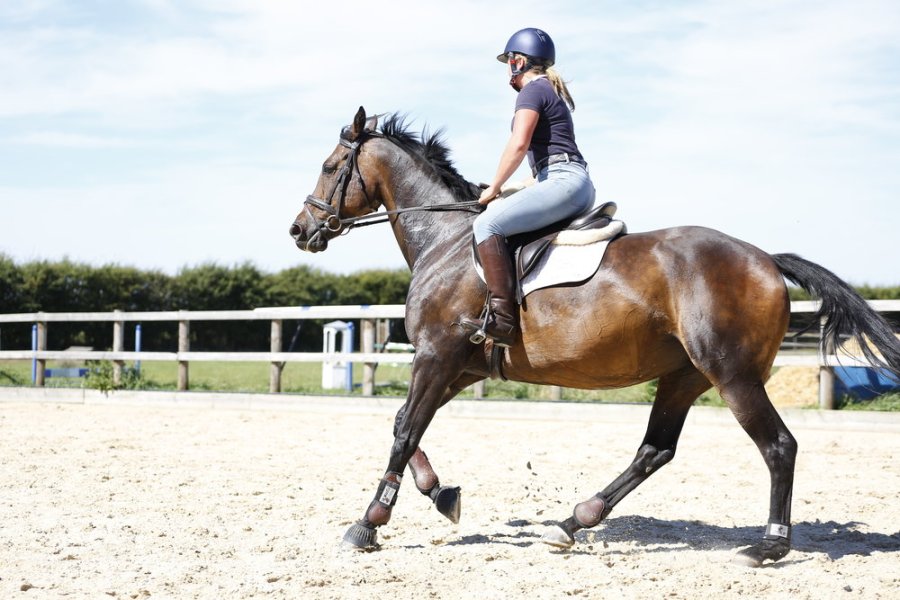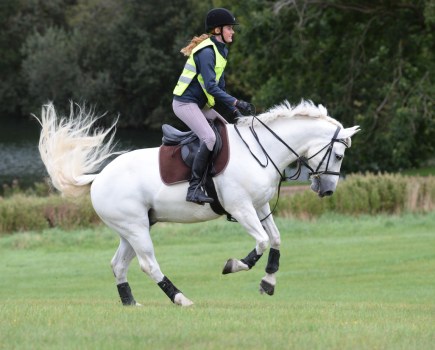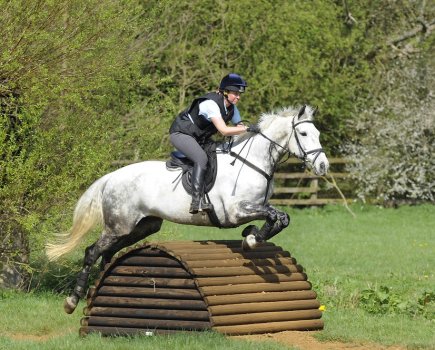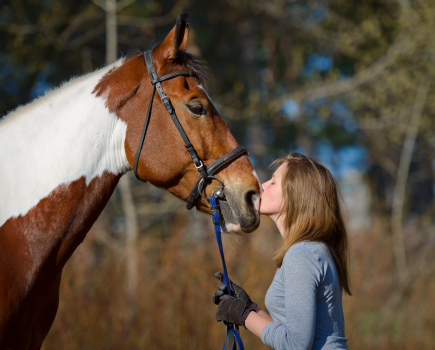We regularly worry about how best to keep our horse fit and sound. But what about yourself?
Physiotherapist Nikki Robinson explains how to heal your aching body.
Some common ailments for horse riders include:
- Lower back pain
- Neck and shoulder tension
- Plantar Fasciitis (pain in the heel, under the foot or up the Achilles tendon)
- Arthritis
- Repetitive strain injury
If you experience any or all of the above, there are some simple solutions you can put into practice.
Helping yourself
Psoas release using a ball
This can be extremely effective in alleviating lower back pain. Lie on your stomach on the floor. On your loosest side, locate the bone at the front of your pelvis. Place the tennis ball just up from the bone and towards your belly button. Lie face down on the ball for 10 minutes, or as long as comfortable. Repeat on the tighter side.
Do not do this release if you are pregnant, think you might be pregnant, or have had recent abdominal surgery.
Sensible hoof picking
Think about how you pick out your horse’s hooves. Bend your knees and stick your bottom out to avoid holding your back in a bent position. Make sure you straighten up after each hoof (or even halfway through if you need to). Also, remember that you don’t have to pick out all four feet at the same time – try picking out one hoof, then move to brushing the mane before going back to the second hoof and so on.
Use your hand as a healing tool
To release neck and shoulder tension, place one hand, skin on skin, at the top of your sternum (breast bone), with your fingertips resting against your collarbone. Let the weight of your arm hang down gently. Allow your hand to sink in and follow any movements you feel under your hand as your muscles begin to release. Remember to breathe and aim to hold the position for at least five minutes.
When you have finished, keep your hand in the same place, lift your arm slightly, then very slowly peel your hand away. Repeat with the other hand and shoulder. This exercise can be done sitting or standing.
Ball rolling
To reduce pain in your feet, sit with the sole of your affected foot resting on a small ball. Go gently, as too much pressure can cause bruising, and slowly roll your foot over the ball for a couple of minutes. If you find a spot that’s very tight, just rest in that position until you feel it change and release. If any points are too painful to apply pressure to then don’t – you will still be helping as you work around them.
Get moving
If you suffer with arthritis, moving is helpful. Movement prevents the joint from stiffening up and it will also feel less painful when you start to move if it’s not had chance to seize up in one position.
Gentle exercise will not damage an arthritic joint, even if it feels a little bit sore to begin with. Take care to follow what you feel and don’t force your joints into any positions.
Strengthening exercises
Exercises aimed at strengthening the muscles around the joint are particularly useful. Most joints rely on these muscles for support, but if a joint is painful, you’re less likely to move it and the muscles can weaken quite quickly.
There are many variations of exercises that can be suitable. The best way to get started is to be assessed by a professional who can give you the exercises that are right for you.
All change
If you suffer with repetitive strain injury the best thing to do is identify the trigger – there may be more than one. Making changes to the things that you spend all day doing will take the strain off your body and help it to heal the inflammation that’s built up. At the yard it’s really important too use the right tools for the job, take breaks when you need to and very your tasks throughout the day. If the cause is work-related, your employer has a duty to provide you with the correct equipment and work conditions to prevent incidents of RSI where reasonably possible.
Don’t miss the latest issue of Your Horse Magazine, jam-packed with training and veterinary advice, horse-care tips and the latest equestrian products available on shop shelves, on sale now.










